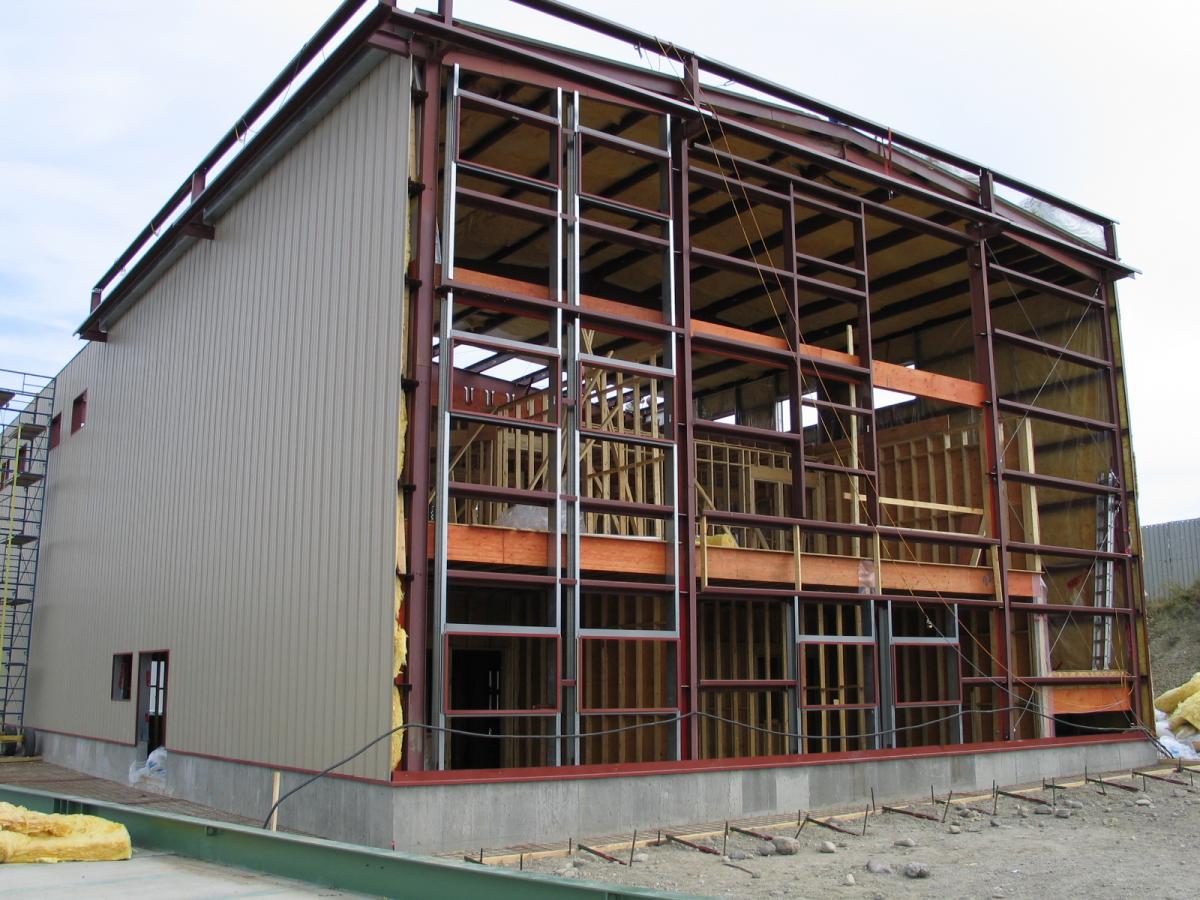Why Do Pre Engineered Steel Buildings Need Air Barriers?

Pre engineered steel buildings with air barriers provide a safe, comfortable environment throughout the building enclosure.
As energy codes for pre engineered steel buildings become more and more stringent, designers are being asked to create building envelopes that offer a higher degree of energy efficiency, as well as increased protection against air infiltration. Air barriers play a major role in both.
Any time air or water vapor infiltrate a building in an uncontrolled manner, it can have significant consequences on both the structure and the people within it. That’s because untreated air entering a building can carry unwanted particles with it, such as:
- Pollutants
- Allergens
- Bacteria
In the case of water vapor, it too can cause significant damage. It can result in the formation of mold in the interior of a pre engineered steel building. It can also inhibit the effectiveness of a building’s insulation properties.
The good news for the end user is that prefab buildings that meet these higher code requirements will feature effective air barriers that provide an environment that is:
- Less expensive to operate
- More comfortable to work in
- Less likely to result in unsafe conditions
Air Barriers Explained
If you’re unfamiliar with pre engineered buildings, you might be wondering what, exactly, an air barrier is. Basically, it comprises any building material (or combination of materials) used to eliminate the leakage of air through the thermal envelope. This includes air entering a building, or seeping from it.
In essence, the role of a thermal envelope is to create a shield between the conditioned environment within a building and the outside elements. And in order for an air barrier to be effective, it must be continuous so that it provides airtightness throughout the building enclosure.
Types of Building Space
Another important aspect of air barrier requirements focuses on the intended use of the building. For instance, pre engineered steel buildings with conditioned interior spaces that will be inhabited by people will require more stringent coding standards than a partially heated facility that’s simply used for storage.
In some instances, it might be necessary to install additional materials, such as an interior wall liner, on a pre engineered steel building in order to achieve the required level of airtightness. The easiest way to determine this is to discuss your particular needs with a qualified pre engineered steel building company.
To learn how the process works, read: Pre Engineered Metal Buildings: Understanding the Planning Process.
Building Pressure
It’s worth noting that the air pressure within a building can affect air infiltration. For instance, in a structure that has positive pressure, outside air is less likely to infiltrate. On the other hand, whenever the air pressure is disrupted, it can cause pollutants to move within the space, leading to air quality concerns.
Wind and HVAC systems are examples of things that can influence air pressure within a building.
If you need a company that keeps up with the latest technology and building practices for pre engineered steel buildings, call Metal Structure Concepts. We have a thorough understanding of code requirements and can handle projects of any size.